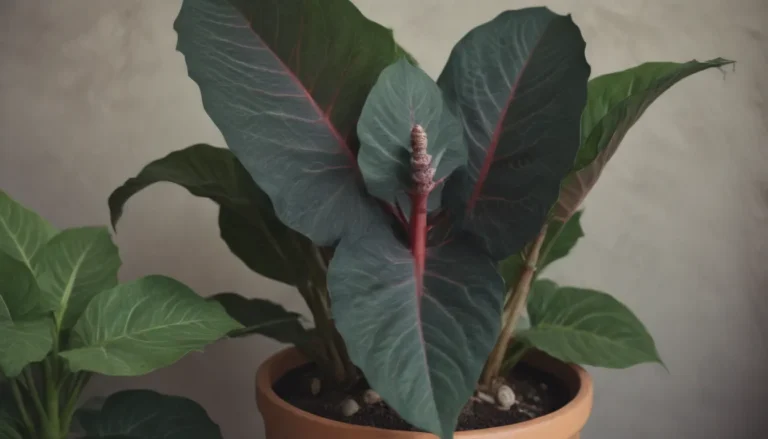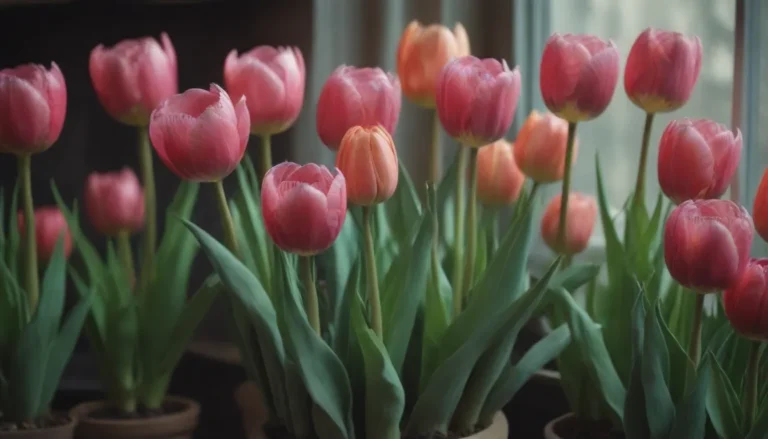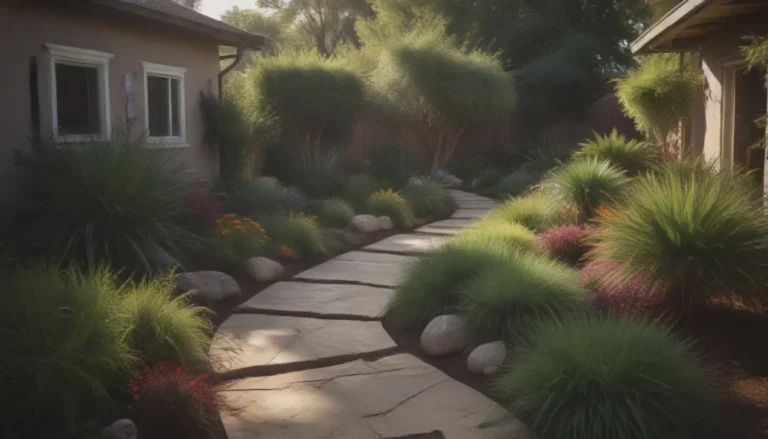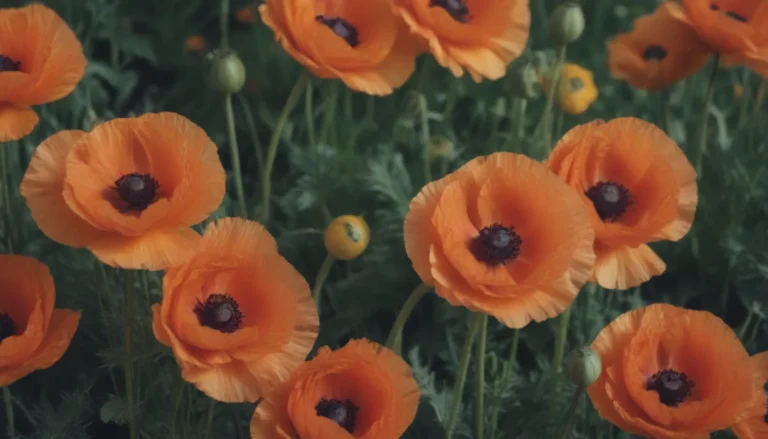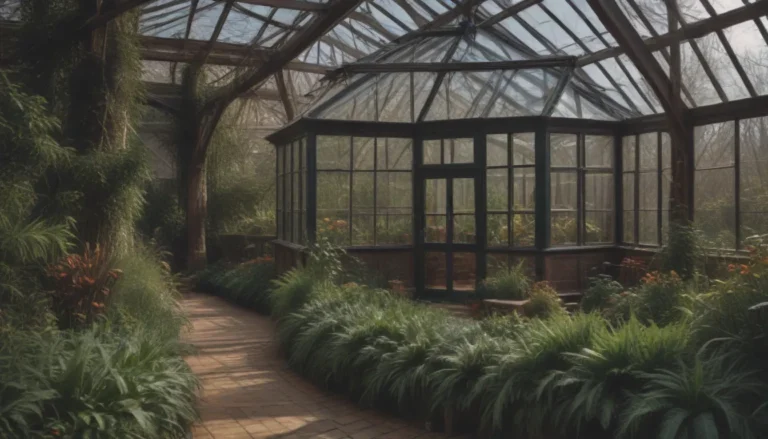The Ultimate Guide to Apartment Gardening for Beginners
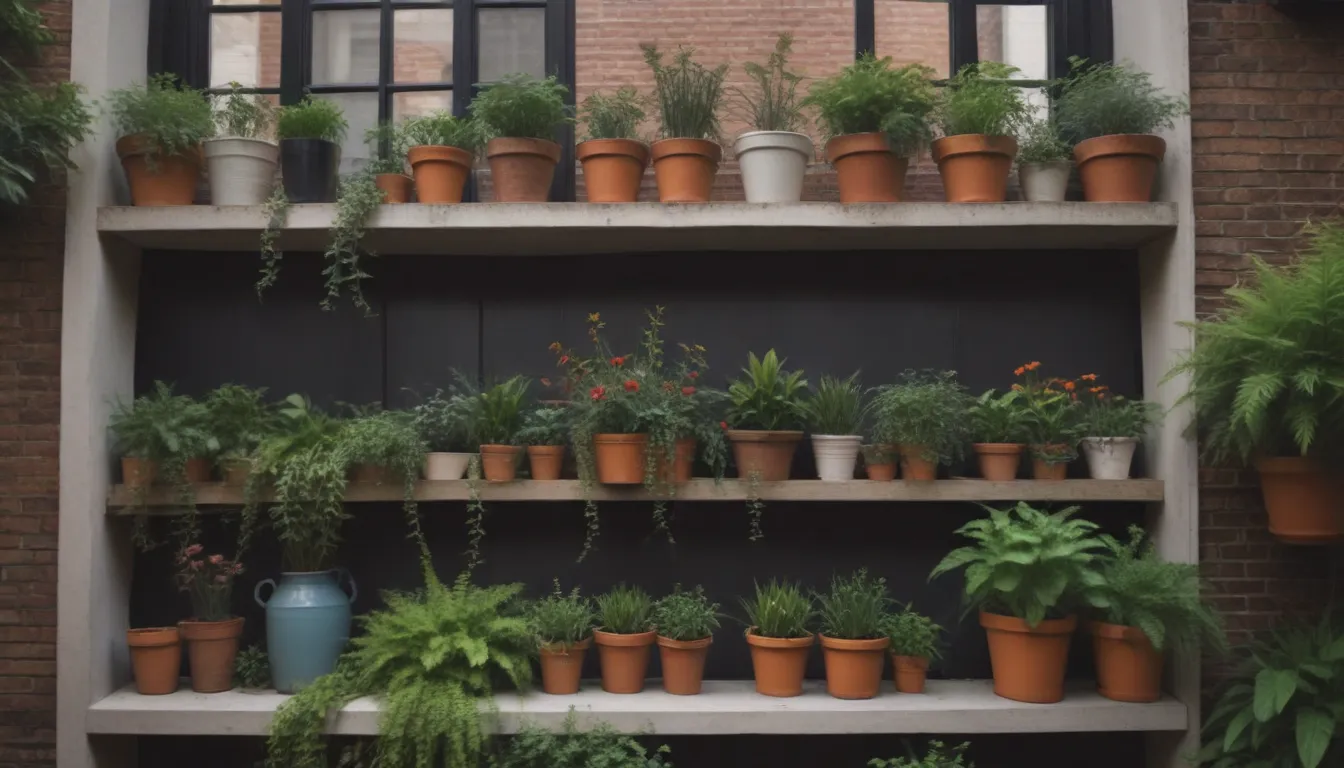
Welcome to the ultimate guide to apartment gardening for beginners! If you live in a tiny apartment but dream of having your little green oasis, you’re in luck. With the right knowledge and a little bit of patience, you can turn your small living space into a thriving garden filled with herbs, fruits, and vegetables. In this comprehensive guide, we will walk you through everything you need to know to get started on your apartment gardening journey.
Getting Started
Starting an apartment garden is an exciting and rewarding endeavor. Before you jump right in, there are a few key things to consider to ensure the success of your new garden:
Sunlight
One of the most critical factors in growing plants is sunlight. Most fruiting and flowering plants require a full day of sunshine, which translates to about six to eight hours of direct sunlight daily. However, in an apartment setting, access to sufficient sunlight can be challenging, especially in urban areas with tall buildings blocking the sun. If you have a balcony or rooftop, you’re in luck as these areas typically offer the best chance for full sun. If you’re limited to a windowsill, consider choosing plants that require less sunlight or investing in a grow light to mimic the sun’s rays.
Soil
Plants rely on their soil for water, oxygen, and nutrients. In an apartment garden where you’ll be using containers, standard garden soil won’t cut it. Ordinary soil can compact in pots, limiting oxygen access and water flow. It’s essential to use a well-draining potting mix specifically designed for container gardening. Potting mix is light, fluffy, and ensures healthy root circulation. Plus, it’s sterile, so you won’t introduce diseases or pests into your apartment.
Water
Plants in containers require frequent watering, often multiple times a day. Ensure your container garden is located near a water supply for easy access. Carrying watering cans around can become tiresome, especially with multiple containers to water. Consider investing in a hose attachment for your sink faucet for added convenience.
Humidity
Indoor plants on windowsills may require extra humidity, especially when the heat is on. You can increase humidity by misting your plants or placing them on a tray of water. Maintaining consistent humidity levels will keep your plants healthy and thriving.
Wind
If your plants are exposed to high winds, such as on a rooftop or balcony, they may need additional protection. Strong winds can damage leaves and topple top-heavy pots. Consider using a wind block like a screen or railing, or opt for wider, heavier containers to anchor your plants securely.
Weight
Containers filled with soil can be heavy, especially when saturated with water. Ensure your apartment can support the weight of your garden. Secure window boxes to the windowsill and check with your landlord or building board for any weight restrictions on balconies or rooftops.
Best Plants for Apartments
When it comes to choosing plants for your apartment garden, the options are limitless. While a full-size apple tree may not be practical, there are many plants that thrive in containers. Consider planting a variety of herbs, salad greens, tomatoes, chili peppers, Meyer lemons, and strawberries in your apartment garden. These plants are not only easy to grow but also offer a rewarding harvest.
Apartment Garden Care
To ensure your apartment garden thrives, there are a few essential tasks to tend to regularly:
Watering
Plants in containers need consistent watering to stay healthy and vibrant. Check the soil moisture regularly and water as needed, typically multiple times a day.
Feeding
Fertilize your plants regularly with a balanced fertilizer to provide essential nutrients for growth and development.
Problems
Keep an eye out for pests, diseases, and nutrient deficiencies in your plants. Address any issues promptly to prevent them from spreading.
Harvesting
Enjoy the fruits of your labor by harvesting herbs, fruits, and vegetables as they mature. Regular harvesting encourages new growth and ensures a continuous supply of fresh produce.
Apartments may have limited space for gardening, but with a little creativity and dedication, you can create a beautiful garden right in your living space. Start small, experiment with different plants, and watch your garden thrive.
In conclusion, apartment gardening is a rewarding and fulfilling hobby that anyone can enjoy, regardless of living space limitations. By following the tips and suggestions in this guide, you can create a thriving garden right in your apartment. So grab your gardening gloves, roll up your sleeves, and let’s get growing!
